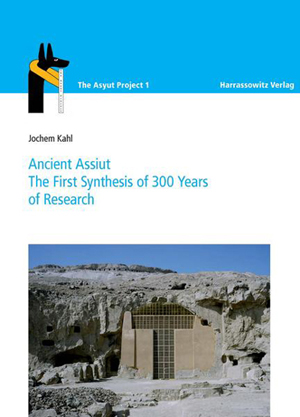Pottery Offering Trays: General Observations and
New Matrial from Asyut
Andrea Kilian
During the field campaigns conducted by the Asyut Project from 2004 until 2008 a considerable amount of fragmented pottery offering trays was unearthed. There is still no specific term which could be used when referring to these objects. In German they are spoken of as e.g. "Opferplatten", "Opferteller" or "Opfertafel"; in English they are known e.g. as "(pottery) offering trays" or "offering plates".
Some of these terms are not just referring to the objects that are topic of this article. In the following, the term "offering trays" therefore will be used to refer to trays in various shapes made by hand, formed out of clay. They have to be distinguished from the kind of offering tables which are similar in composition, but always made out of stone. Besides, the latter can bear inscriptions, while offering trays never show any kind of inscription. Pottery offering trays usually feature a rim and may contain different applications representing canals, basins, and various offerings such as oxen, bread, vegetables and more. Because they are often very crudely made, not much interest had been paid to them so far.
This paper presents a study on pottery offering trays in general and material from Asyut in particular. Foe that reason, the history of research and the current thesis about trays will be sketched before focusing on layout, distribution, chronology and use of the trays. Finally, the new finds from Asyut and their relevance will be discussed.
For full text, see:
Andrea Kilian, "Pottery Offering Trays: General Observations and New Matrial from Asyut", in: Seven Seasons at Asyut: First Results of the Egyptian-German Cooperation in Archaeological Fieldwork, The Asyut Project 2, Edited by Jochem Kahl, Ursula Verhoeven and Mahmoud El-Khadragy, Harrassowitz Verlag, Wiesbaden, 2012, pp. 105-114.


